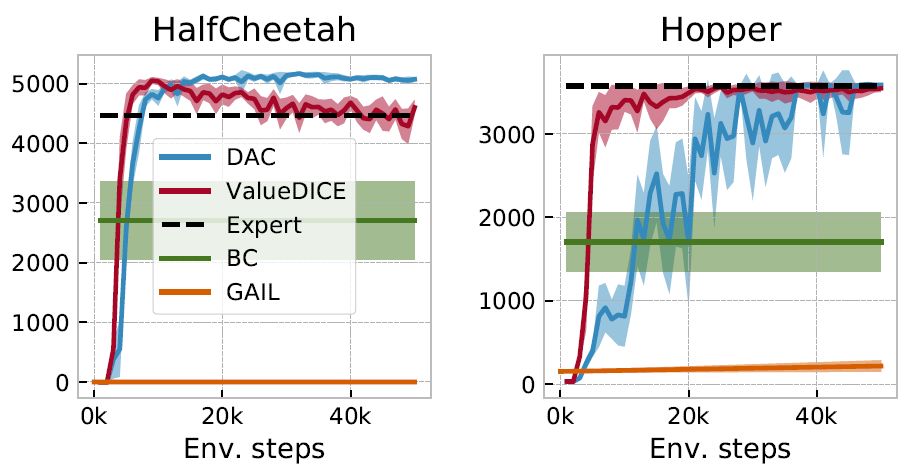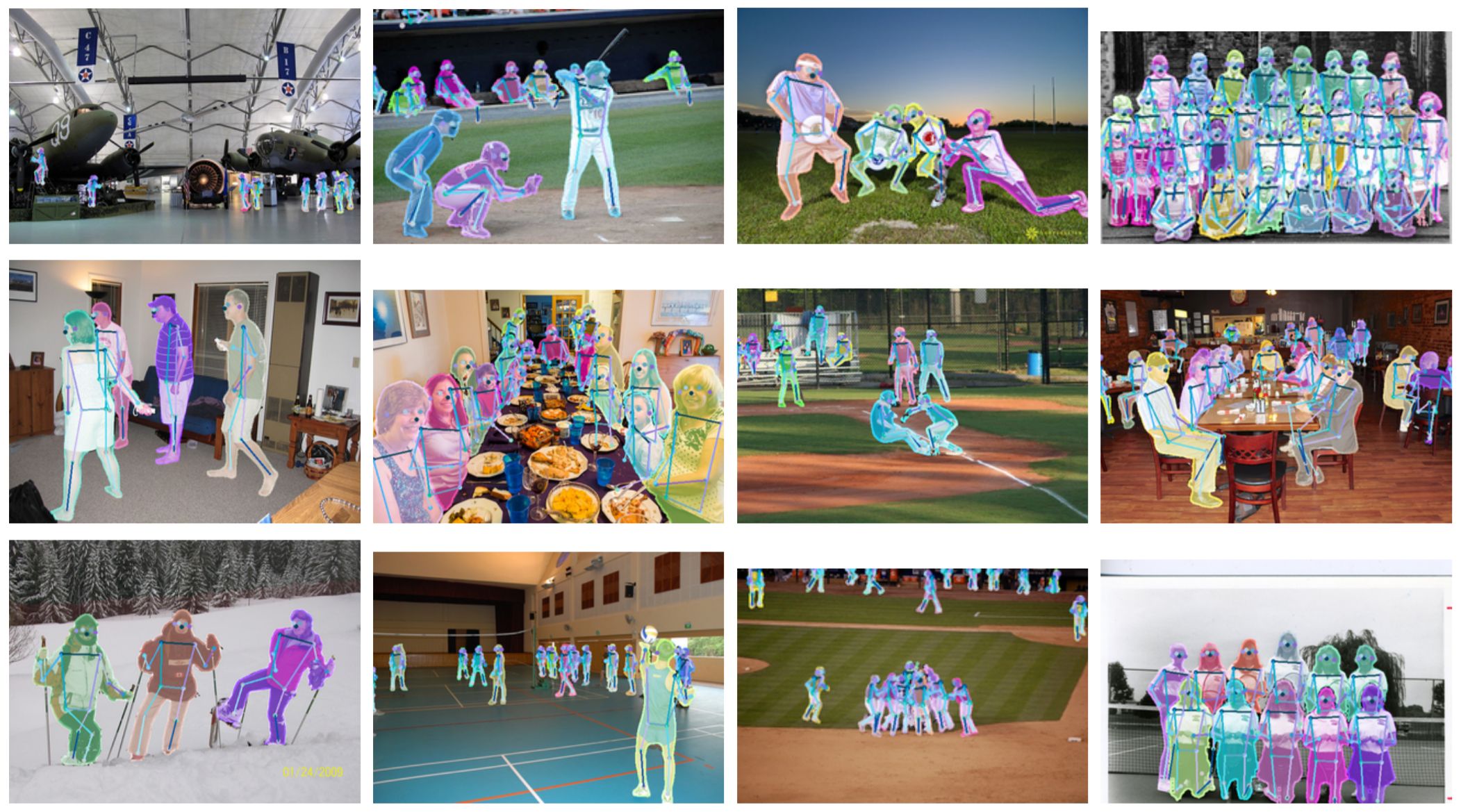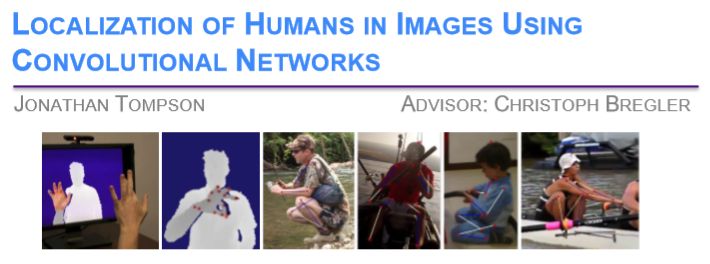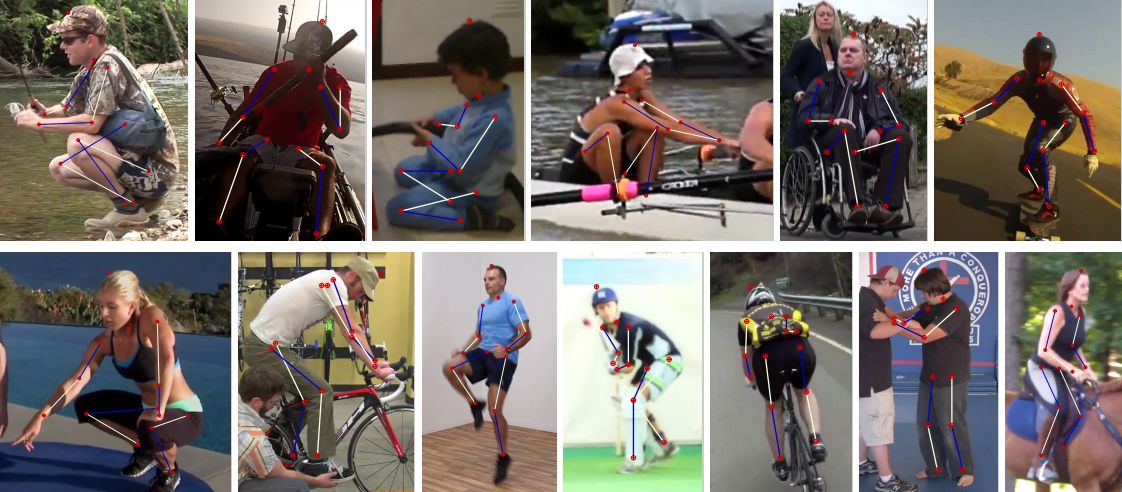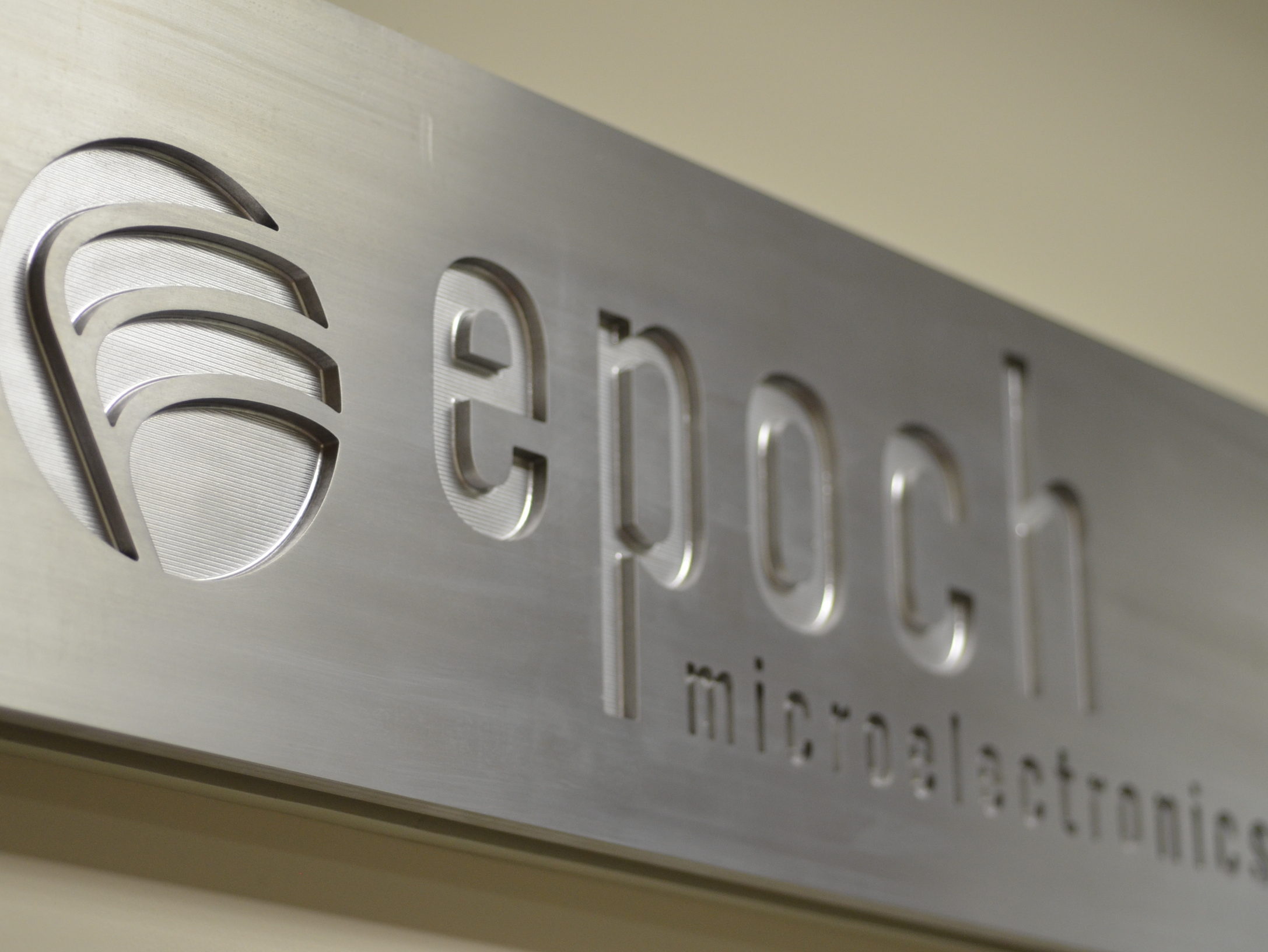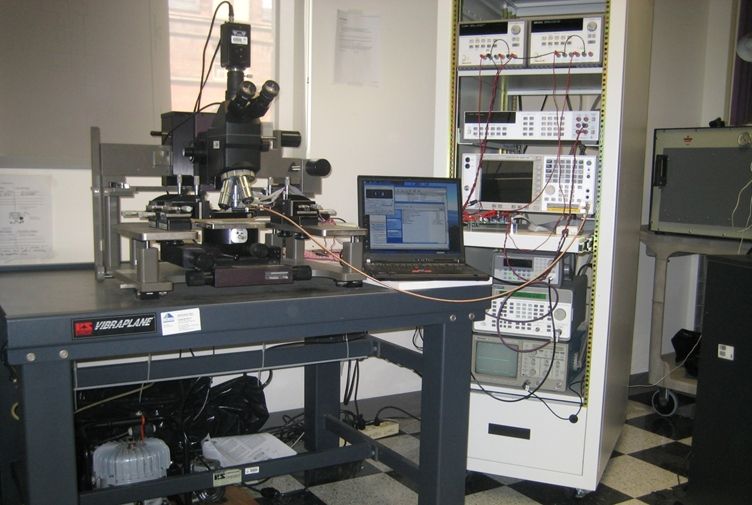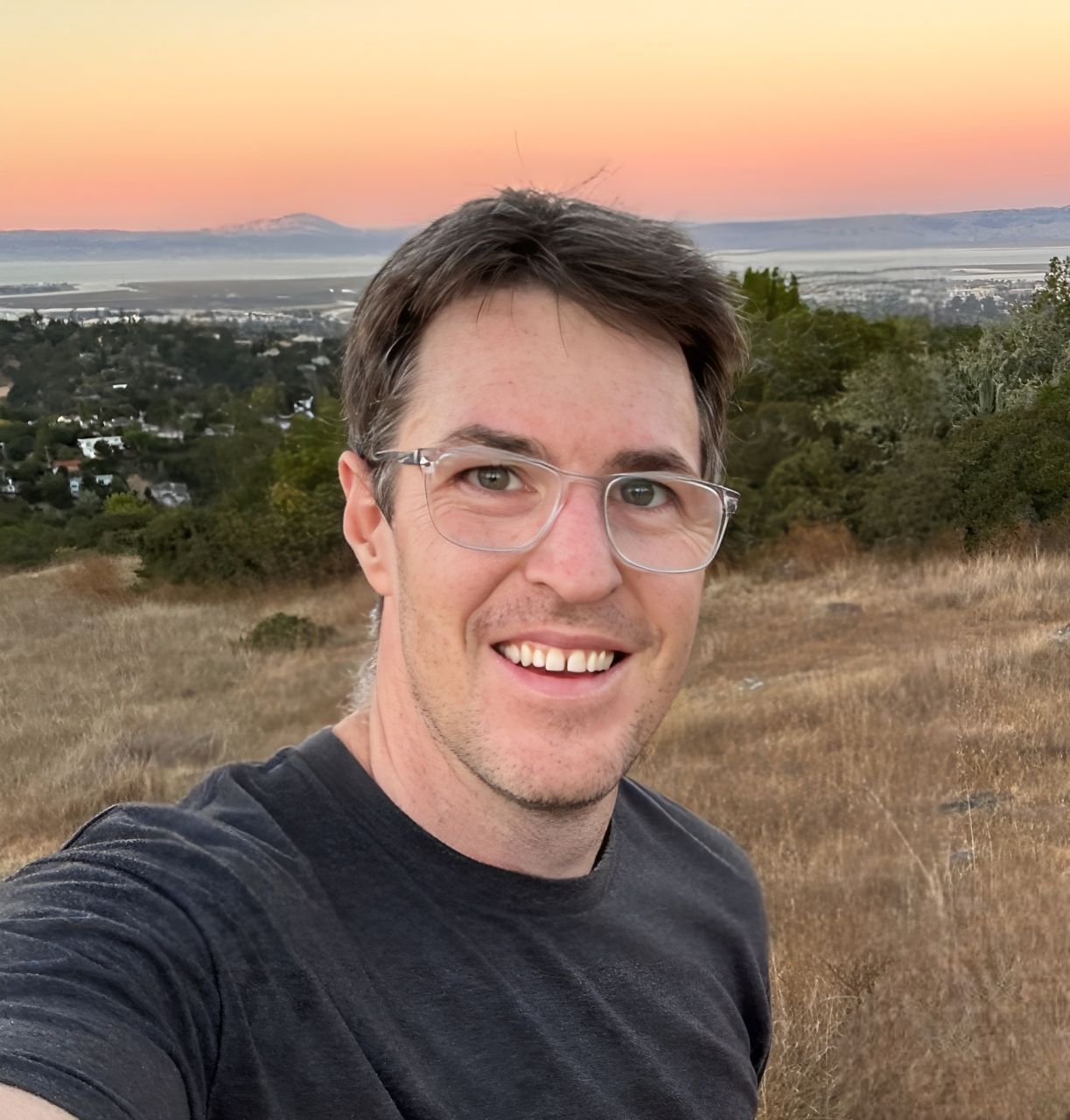
I am a Principal Research Scientist (Director) for Meta Reality Labs in Burlingame, CA (formerly at Google Deepmind). My research background covers a wide range of topics: robotics, imitation learning, reinforcement learning, computer vision and graphics, computational fluid dynamics, unsupervised learning, hand and human body tracking and integrated circuit design.
